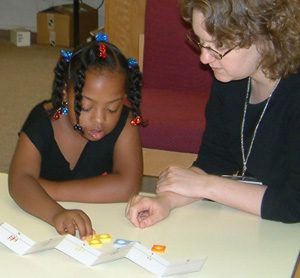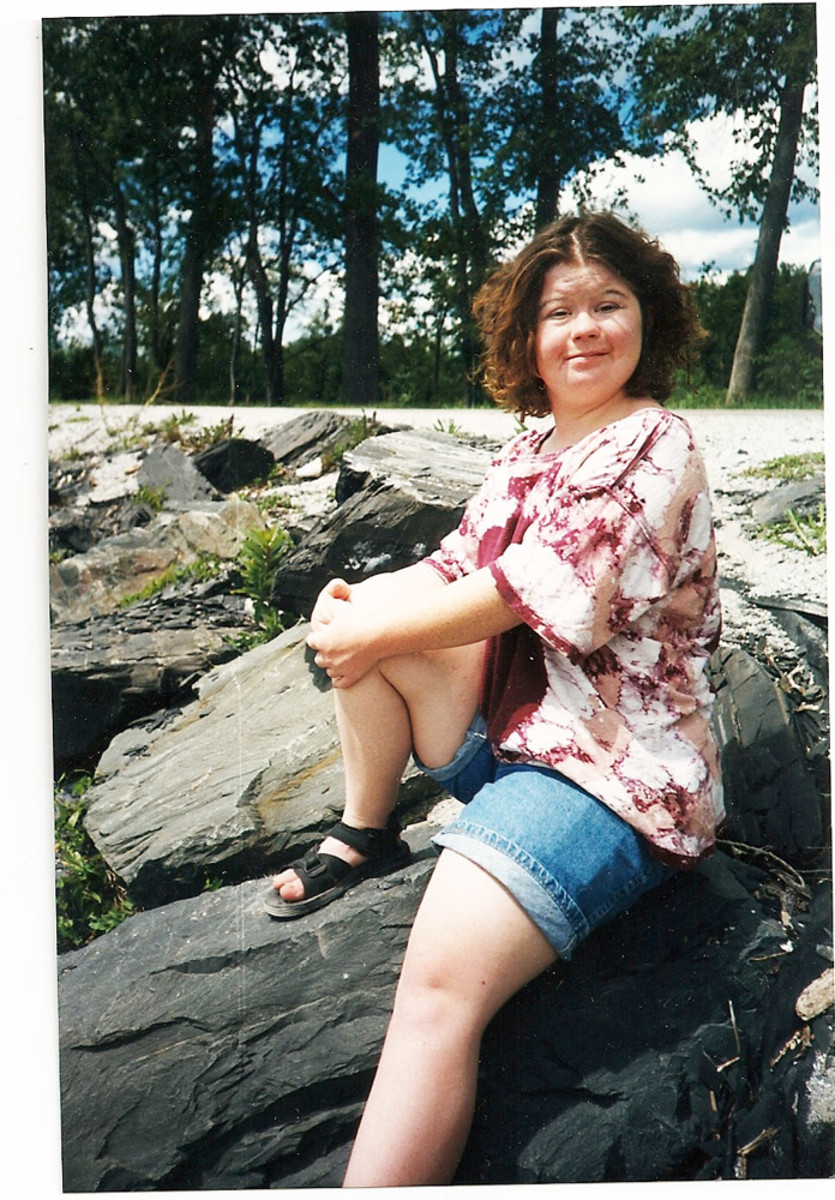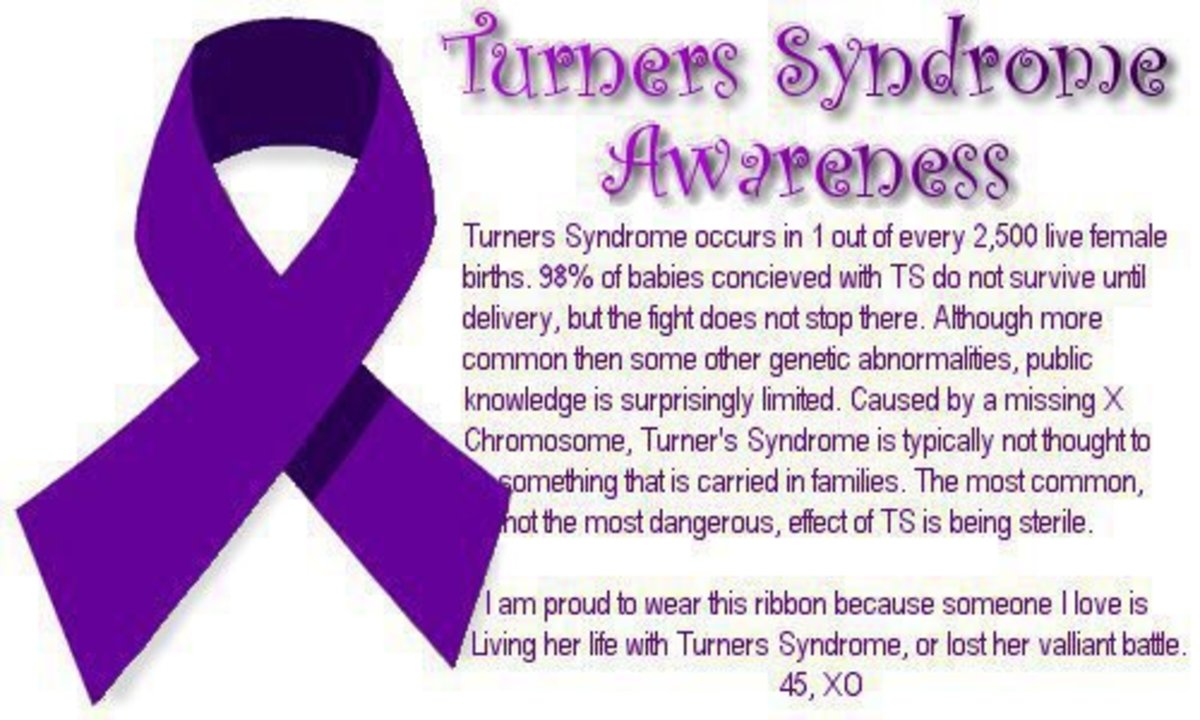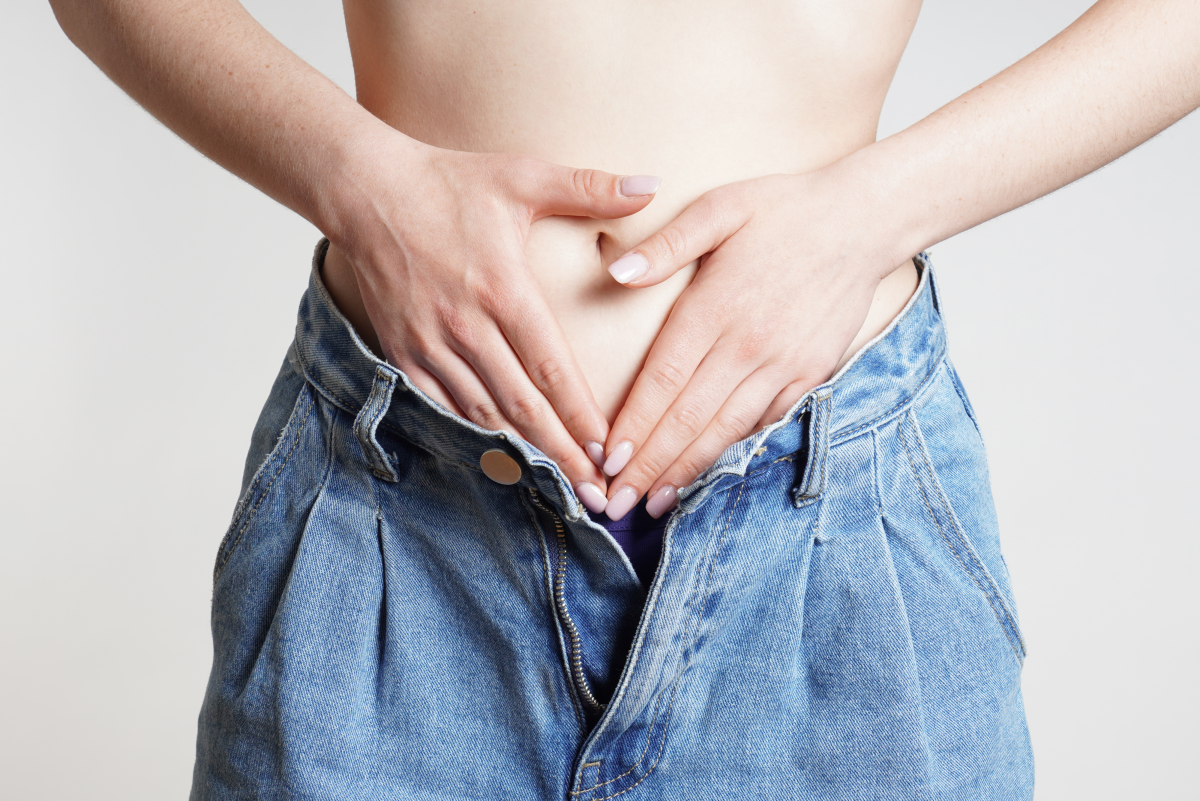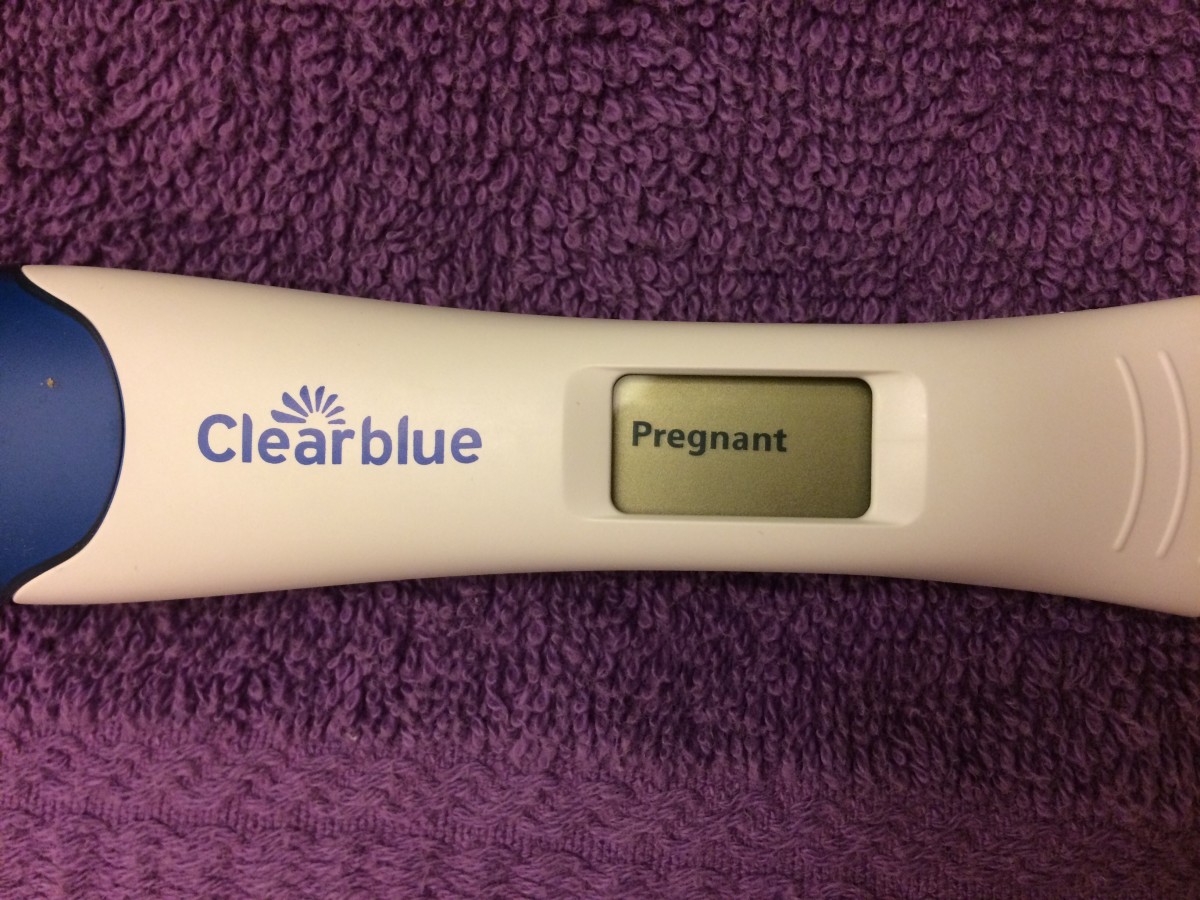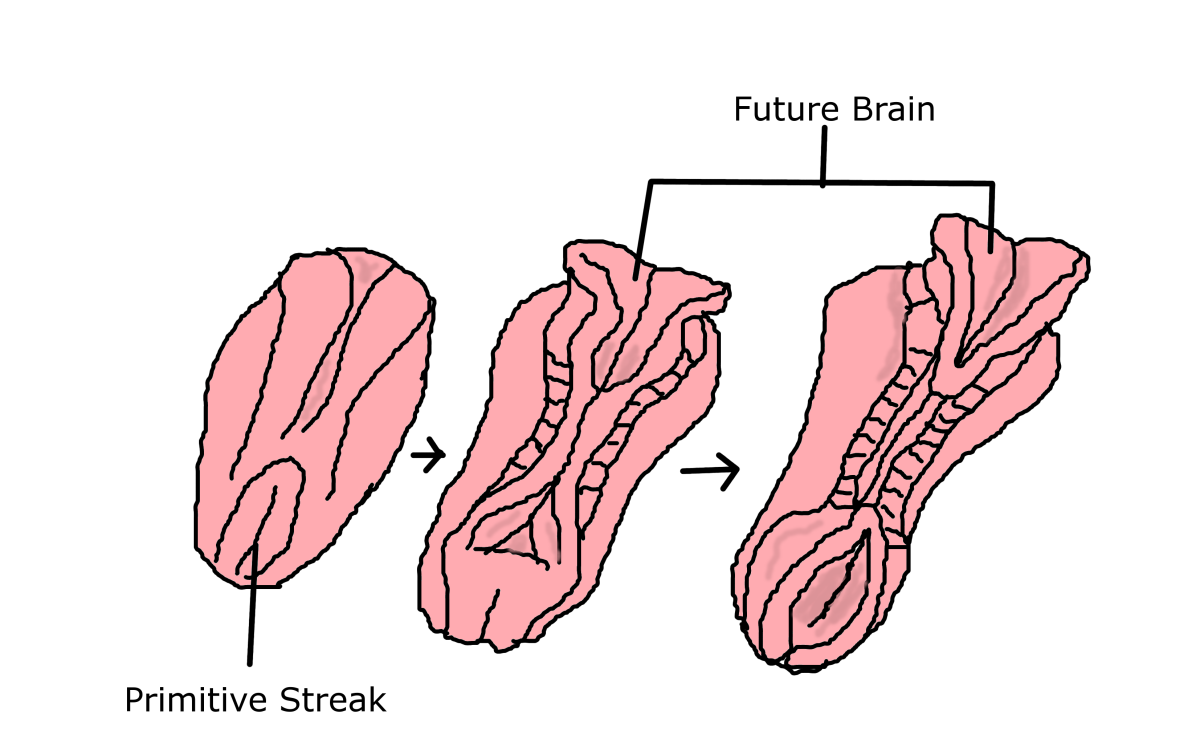What is Down Syndrome? Testing for Down Syndrome in Pregnancy
Dolphin and Down Syndrome Child
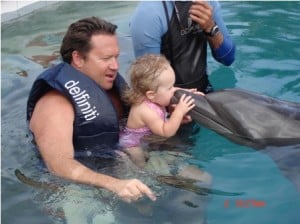
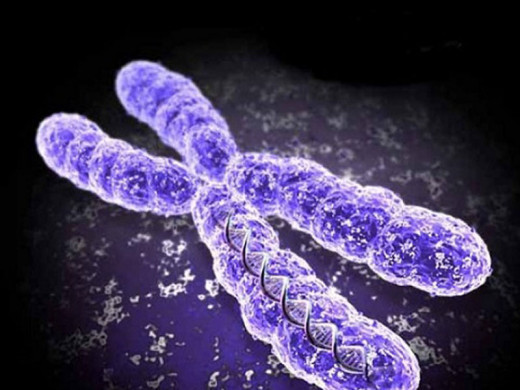
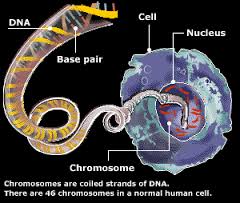
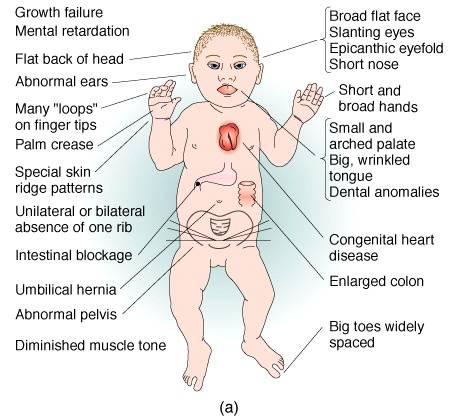
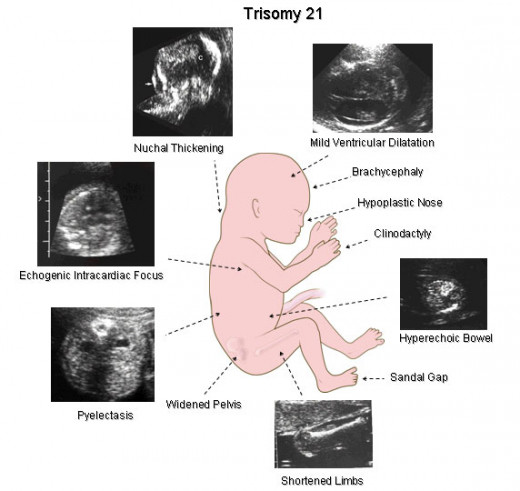
What is Down Syndrome
The period between the 1800s and mid-1900s were dark and terrible times for anyone with cognitive and developmental disabilities such as Down syndrome.
Legislations were introduced, allowing thousands of people to be locked away in institutions where many were mistreated, deprived of education and healthcare. Parents and families were advised to walk away and get on with their lives. The second world war saw more of man's inhumanity to man on a huge scale in Hitler's Germany. People with Down syndrome were often singled out, always at the forefront in this shameful chapter of cruelty and discrimination in our recent history.
Successive governments continued the harsh policies of segregation. The 1948 Education Act advocated a selection process to decide which children were 'educable.' Children with Down syndrome were deemed 'ineducable' and denied the chance of an education
In the last few decades of the last century, legislation was put in place to ensure that people with learning disabilities had the right to services and support within their communities.
Currently, in the UK there is new legislation going through Parliament to help transform the lives of children and young people. However; according to the Down's Syndrome Association (DSA), the Children and Family Bill, is a missed opportunity and is not fit for purpose.
The DSA has initiated a campaign in a call to action, in an attempt to bring awareness to the shortfalls of this bill before Parliament passes it.
Hopefully, with the help of the DSA, this bill will contribute to improving the lives of people with learning and developmental disabilities.
The bill will allow more people with Down syndrome to access equal support for health and social care, as well as education for those who need it. This bill could help create more socially inclusive communities where people with this disorder and their families can enjoy more fully inclusive lives.
Down Syndrome (DS) also known as Down's syndrome have replaced the old terms of mongolism in reference to the condition and mongoloid or Mongol when referring to an affected person.
Down syndrome is a chromosome or genetic disorder, it occurs in individuals who are born with an extra copy of chromosome 21. The Down syndrome child has 47 chromosomes where there are usually 46; this is also known as trisomy 21. The condition typically causes some level of learning disability with a characteristic range of physical and mental impairment. People with Down syndrome are characterised by mild to severe mental impairment, weak muscle tone, shorter stature and a flattened facial profile.
Down syndrome is the most common cause of neurological disability and malformation in babies. It occurs in all races, you'll find it in all social classes, it can happen to anyone. This condition is not new; it was first described by the English physician John L. H Down in 1866.
The condition occurs in around 1 in 800 to 1000 births. There are 60,000 people in the UK with this condition. Two Down syndrome babies are born every day in the UK; an estimated 6,000 American children are born with this condition every year.
Children with down syndrome share some common physical characteristics. However, they do not all look the same. Down's syndrome child will look more like his/her parents and other family members than other kids with down syndrome.
Although people with DS may vary in personality and ability, they all have a degree of learning disability that is different for each.
What are Chromosomes
Chromosomes are the units of genetic information contained within every cell in our body; it is the structure that holds our genes.
The body is made up of cells that contain genes. Genes are grouped in the thread-like structure known as chromosomes. Chromosomes are blocks of deoxyribonucleic acid (DNA) which are responsible for how the body cells grow and develop; it decides certain traits such as the colour of the eyes and the sex of a child.
Cells typically contain 46 chromosomes; we inherit 23 from each parent. However, in Down syndrome, there is an extra copy of chromosome 21, and this causes the physical and developmental characteristics of the condition.
Three Types of Down Syndrome
- Mosaic Down Syndrome
This kind of DS is not inherited; it occurs as a random event. The twenty-three distinct pairs of the chromosome or 46 total chromosomes are located within the nucleus of each cell.
When a child is conceived, one egg cell combines with one sperm cell, each contributes 23 chromosomes, passing on a total of 46 to the child. However; occasionally, an accident occurs in the sperm or egg cell that causes that cell to contain 24 chromosomes, resulting in a total of 47 chromosomes.
In some rare cases, the original egg and sperm are normal, and the problem takes place shortly after fertilization and during the rapid cell division stages, where one cell can divide abnormally to create a line of cells with an odd or extra chromosome 21. This type of genetic disorder is known as a mosaic.
- Translocation Down Syndrome, this is an inherited condition. Translocation occurs in about 3-4% of Down syndrome children. Here; the number 21 chromosome somehow manages to break during cell division, a piece of the broken chromosome then attaches itself to another chromosome. Although each cell still has 46 chromosomes, the broken piece of chromosome 21, causes signs and symptoms of Down syndrome.
- Nondisjunction means that the cells did not equally divide the genetic information. This creates a sperm or egg containing 24 chromosomes with two copies of the 21st chromosome. When that sperm or egg joins with an egg or sperm containing 23 chromosomes, this results in a cell with 47 chromosomes and three copies of the 21st chromosome, a random occurrence known as Trisomy 21, also the most common type of Down syndrome, affecting 94% of people with the condition.
Down Syndrome Test
The detection rate for Down syndrome screening varies from one hospital to another. The screening test commonly offered, have a detection rate of at least 75% and a false positive rate of less than 3%.
A false positive rate is the percentage of women who are given a 'screen positive' result, but their babies do not have Down syndrome.
Although screening for Down syndrome is offered to all pregnant women in the UK, the current screening test can often give a false positive rate of about 3-4%, this suggests a problem, when in fact, the fetus is healthy and not affected by Down syndrome.
The result can cause much distress to expecting parents; it can also lead to avoidable invasive procedures such as chorionic villus sampling (CVS) or amniocentesis that carries a 1-100 risk of causing a miscarriage.
Given the risk of invasive procedures like CVS and amniocentesis to the growing fetus, researchers are diligently working to find a safer alternative to the current screening test. There was much excitement when Kings College Hospital and University College Hospital in London, reported a new screening technique involving the analysis of small amounts of fetal DNA found in the mother's blood.
The fetal cell-free DNA (cf-DNA) test is said to give a 0.1% 'false positive' as opposed to 3.4% of the current system. The research was published in peer-reviewed journal, Ultrasound in Obstetrics and Gynaecology.
The new test was welcomed by the medical communities and potential parents alike, but while the test looks promising, and is widely reported to be able to detect more fetuses with the condition with a much lower rate of false positive results, much of the claims were disputed in a subsequent study.
Apparently; both tests detected the same number of cases where the screening was performed successfully, but the new test, which included an ultrasound scan and a blood test, did not work on the blood sample of one pregnancy that was later shown to be positive for Down syndrome. The condition was picked up by the existing screening test. The new test that is currently only available commercially in privately run facilities in the UK is said to be accurate and affordable.
An important new study was launched in November 2013 by Great Ormond Street Hospital for Children (GOSH).
Lyn Chitty, Professor of Genetics and Fetal Medicine at GOSH, led the non-invasive prenatal testing trial, into whether the new test can improve safety and accuracy of Down syndrome screening.
The test is said to be about 99% accurate in women who have already been established as having a high chance of carrying a child with Down syndrome. In an interview with the BBC, Prof Chitty said of the new non-invasive prenatal test, (NIPT) “It could significantly reduce the number of invasive tests and increase detection.”
However, since NIPT was only reviewed on high-risk women, with no large-scale population testing to date, the new test is considered only as a screening test, without the capability to be anything more presently. The new non- invasive test have not yet proven if the 99% level of accuracy is maintained in women where high risks have not yet established.
In a survey done to assess the likely uptake of non-invasive prenatal testing for trisomy 21 among potential service users in the UK, a total sample of 1131 women and partners were questioned. The vast majority, 95.7% thought that NIPT was a positive development in prenatal care, with 88.2% indicating that they would use the test, this included those who would currently decline trisomy 21 screening.
A woman's risk of having a Down syndrome child is currently assessed based on her age, an ultrasound scan, and specific markers in the blood. Pregnant women who are found to be at a higher risk of having a baby with Down syndrome are offered invasive follow-up tests such as CVS or amniocentesis.
Chorionic villus sampling or CVS is a diagnostic test that is usually performed between the 11 and 13 weeks of pregnancy to detect Down syndrome or other genetic abnormality. A small tissue sample is taken from the chorionic villi of the placenta using a needle guided by an ultrasound scan. This procedure typically takes about 20 minutes. Resting for 24 hours after the procedure may be advised. The risk of miscarriage is 1 in 100 procedures
Amniocentesis is also a diagnostic test; that may be offered to women who are considered to be higher than average risk of having a child with Down syndrome. The procedure is usually performed after 15 weeks of pregnancy. A small sample of amniotic fluid is collected via a needle guided by an ultrasound scan. The cells from this sample are sent to a laboratory where it is allowed to grow so that the chromosomes of the baby can be checked.
The American Congress of Obstetricians and Gynecologists and other professional organisations recommend the NIPT only for high-risk pregnancy. They specify that abnormal results should be confirmed by invasive test before taking action. The huge market growth of the NIPT is supported by factors such as:
The high incidence of children born with Down syndrome
No risk of miscarriage
The increasing trend of women having children later in life (age 35 and older). Maternal age is closely associated with a high risk of the developing fetus with an abnormality of the chromosomes.
There is controversy over whether the new testing will lead to more abortions, but this article is first and foremost about spreading awareness.
Non-invasive prenatal testing, who can have it done
Cormercial Brands of NIPT
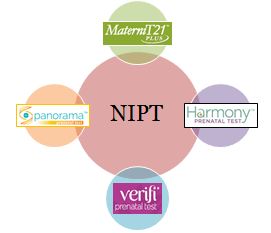
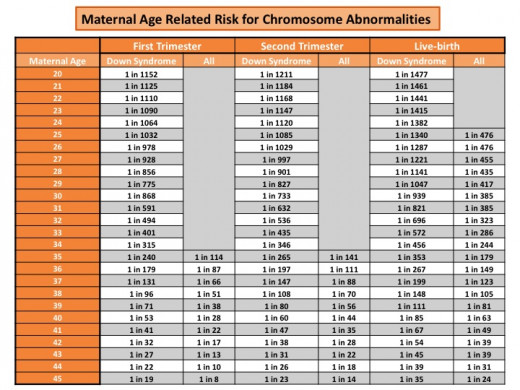
Facts About Down Syndrome
- There are three types of Down syndrome
- Down syndrome is caused by an extra copy of the 21st chromosome
- Today, given the right support, people with Down syndrome can enjoy a life span of sixty years or more
- Not only older mothers have Down syndrome babies. Although older mothers have a higher individual risk of having a child with DS , more children are born to younger mothers, reflecting a higher birth rate in younger mothers
- People with DS do not all look the same, although there are certain physical characteristics that occurs in DS, the individual will always look more like his/her family
- Down syndrome is not a disease
- Down Syndrome occurs in all race and economic levels
- People with Down syndrome have an increased risk for some conditions such as respiratory condition, hearing problems, congenital heart defects, Alzheimer's disease, thyroid conditions and childhood leukemia. Most of these conditions are now treatable, allowing people with Down syndrome to have healthy lives
- Non-invasive or NIPT testing is still undergoing trials and is not part of the publicly funded anti-natal screening for conditions such as Down's syndrome in the UK. But it is available privately.
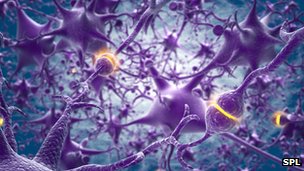
Would you take the NIPT test? Would you want to know if your baby may have Down syndrome?
